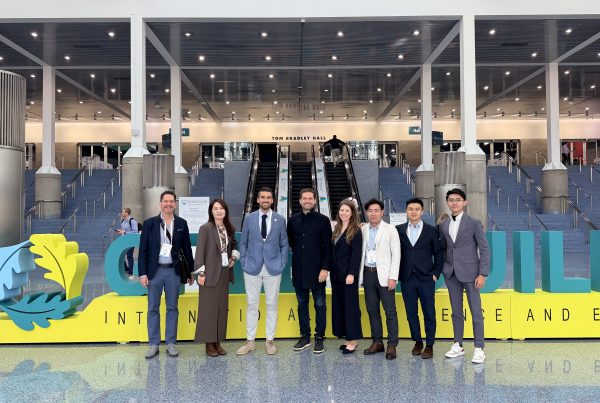It is not a secret to anyone that the COVID-19 outbreak has generated a great economic, social, and environmental impact around the world. On one hand, the economic effects are devastating. Many industries have been affected in one way or another by the slowdown of activities due to the pandemic leaving as a consequence, changes in the way businesses and companies operate. On the other hand, to reduce the risk of contagion, health measures such as social distancing and preventive isolation have caused many people to be affected mentally and emotionally due to stress. This has emphasized how important it is to have measures in place focused on human health and well-being in the places where we all live and work.
Considering that humans spend approximately 90% of the time indoors and as a reaction to the COVID-19 pandemic, well-being, health, and safety of building occupants are expected to become the next top priorities in the built environment. In fact, the World Health Organization (WHO) recently acknowledged airborne transmission as one of the transmission modes for COVID-19, making indoor air quality even more relevant. However, despite all the guidance available from different health organizations on how to operate buildings during this pandemic, there is still a lack of quantifiable evidence on the real impact that such measures have on reducing the risk of spreading COVID-19 and protecting building occupants.
There are currently no mechanisms or methods to detect and monitor the concentration of pathogens or viruses, such as COVID-19, floating in the air in real-time. However, what can be done with relative ease is to monitor all the parameters that affect the infectious potential within a space, such as relative humidity, number of occupants per space, particulate matter (PM), temperature, among others. In fact, RESET, which is the world’s first green building standard driven exclusively through performance and sensor-based data, will now feature an indicator called the Reset Air Index. This indicator will give a real-time idea of how optimized the space is for human health, as it also includes an indicator of the potential for infection by aerosols. The ultimate goal of this is to inform building owners and occupants of the risk of possible virus transmission from space in real-time, while helping facility owners and managers optimize building operations at the same time (for more information, read our cover story: Can we monitor airborne concentration of viruses in real-time? Redefining the way we see our buildings)
Considering the aforementioned, it is undeniable that buildings will not look the same after this pandemic. People would start to demand healthier practices and designs for their spaces. Monitoring indoor environmental quality will be essential in any space, as it helps us understand the sources of indoor environmental pollutants – including pathogens and viruses, allowing us to take measures to control them and prevent health-problems related to buildings in a timely manner. The new Reset Air Index feature from RESET is a perfect example of what business and organization can apply for to be prepared for what will come next. For this reason, at BEE we are helping our clients implement real-time monitoring solutions in their spaces to help them thrive in what will be the new post-COVID normal, considering that people are the main engine that really makes a business or organization prosper.
ABOUT RESET
The RESET™ Standard is created and administered by GIGA, who aims to improve indoor environments and occupant health on a global scale. RESET combines the development of live monitoring and cloud software to increase the visibility of building health data. For more information visit https://www.reset.build/.
BEE RESET EXPERIENCE
Being the leader in the green building industry, BEE has significant RESET consulting experience. All of our staff are fully bilingual RESET APs, specializing in and having a diverse portfolio of RESET projects.











